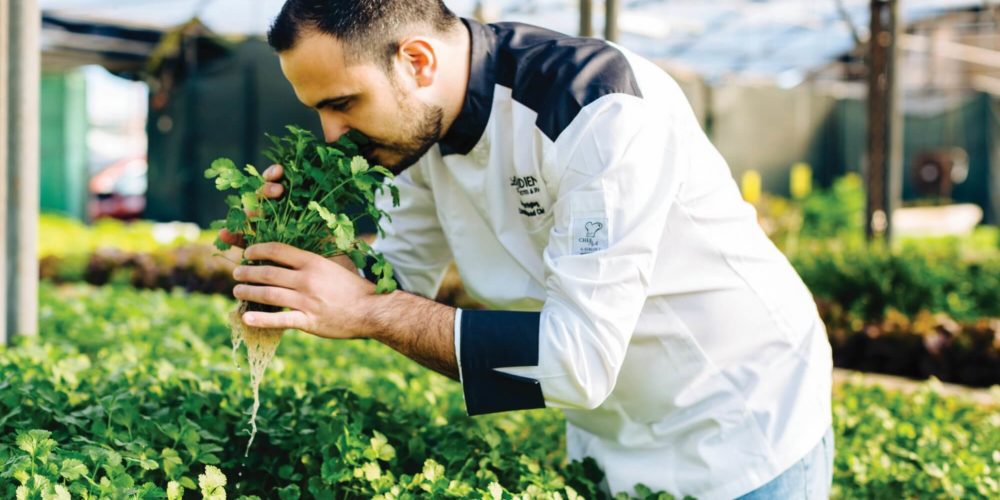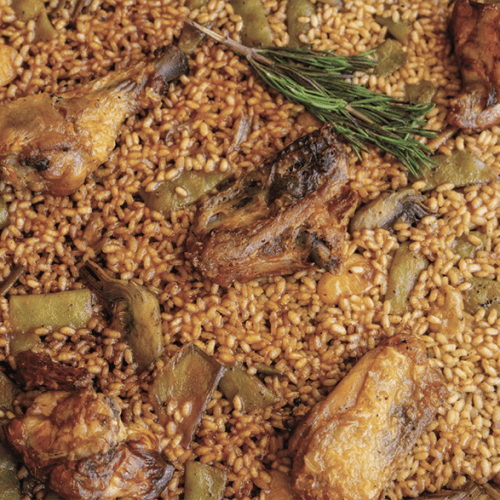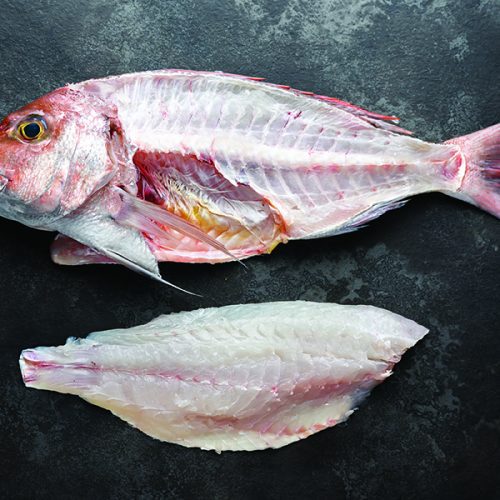 We all know and love the Gozitan ftajjar with its crusty dough, crispy potato base and delicious toppings. But do we know how these ftajjar, not to be confused with the Maltese or Gozitan filled ftira, came about? The idea was conceived by bakers who used the leftover bread dough which wasn’t left to rise like the rest to produce pizza- like savoury tart scattered with various typical toppings like olives, tomatoes and capers. They would then offer these to the women waiting for their bread or for a homemade dish to cook in the baker’s wood oven. This was a widespread practice still found in some villages today where housewives would prepare the Sunday roast or any dish really and take it down to the local baker to cook there. To separate their dish from others they would mark their dish with a broad bean or a matchstick or sometimes a fold in the dough.
We all know and love the Gozitan ftajjar with its crusty dough, crispy potato base and delicious toppings. But do we know how these ftajjar, not to be confused with the Maltese or Gozitan filled ftira, came about? The idea was conceived by bakers who used the leftover bread dough which wasn’t left to rise like the rest to produce pizza- like savoury tart scattered with various typical toppings like olives, tomatoes and capers. They would then offer these to the women waiting for their bread or for a homemade dish to cook in the baker’s wood oven. This was a widespread practice still found in some villages today where housewives would prepare the Sunday roast or any dish really and take it down to the local baker to cook there. To separate their dish from others they would mark their dish with a broad bean or a matchstick or sometimes a fold in the dough.
Mrs. Liza Frendo, who lives in Gharb, has been using her mother’s recipe for Ftajjar for over seventy years, graciously agreeing to talk us through the process while we sampled some of the ftajjar which were ready. They were incredibly moreish and delicious.
Here’s how..
To make Gozitan ftajjar buy some bread dough and if fresh leave to rise for as long as possible, two hours at the least. Since the dough is quite elastic it needs to be managed gently and respectfully. According to Mrs. Frendo the best way is to gently open it out on to a baking tray using your hands, letting it rest for a few minutes and stretching again till a round pizza shape is formed. Place thinly sliced potatoes at the base – these add a crispy element but serve another use too, soaking up the juices from the toppings and allowing the base to bake beautifully. Scatter with whatever takes your fancy, the most common ingredients used were and still are fresh Gozitan cheeselets and eggs or anchovy tomatoes, olives, capers and onion and plenty of seasoning and olive oil. For those with a sweet tooth and a taste for the traditional, the ftajjar base can be dusted in sugar and scattered sesame seeds.










